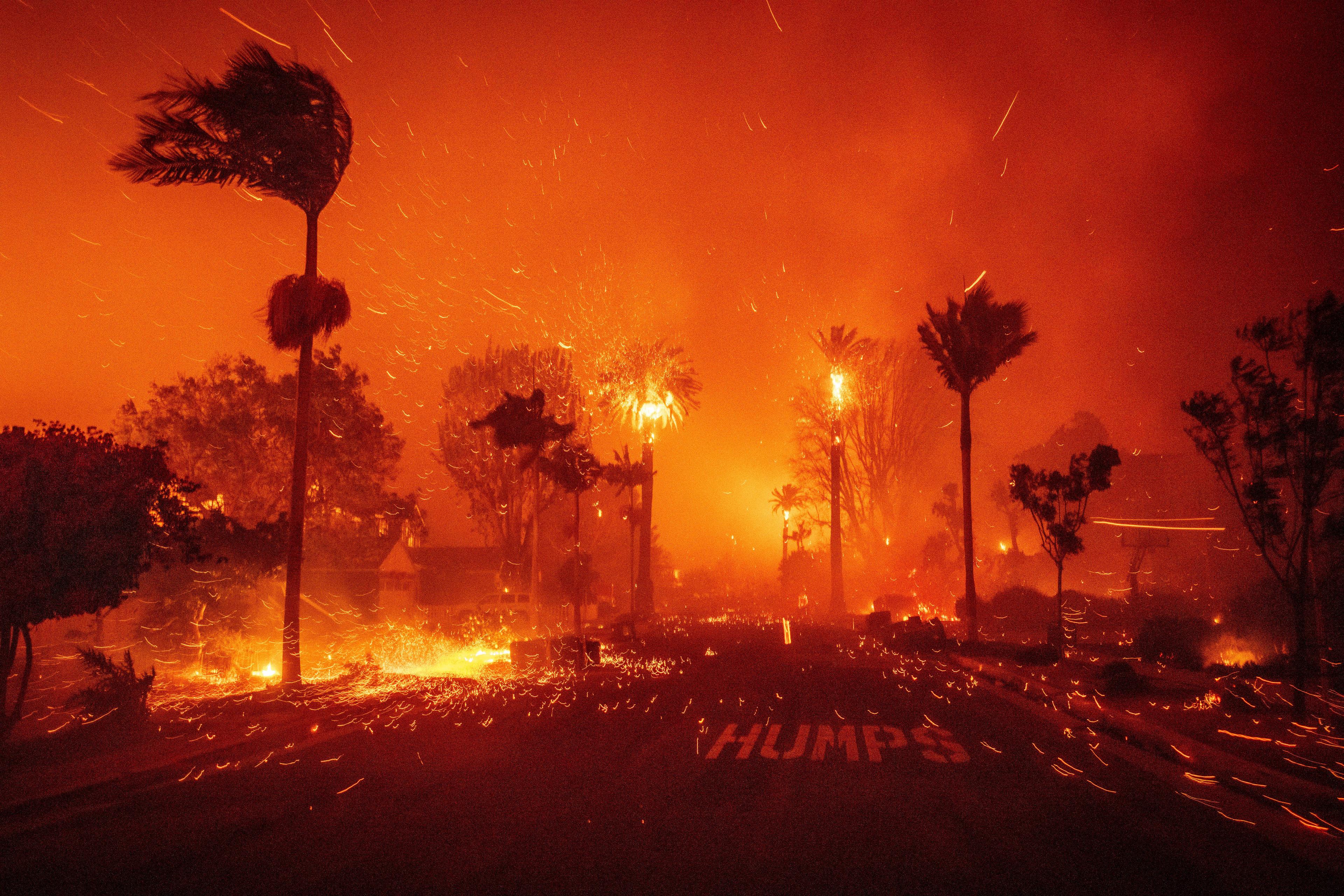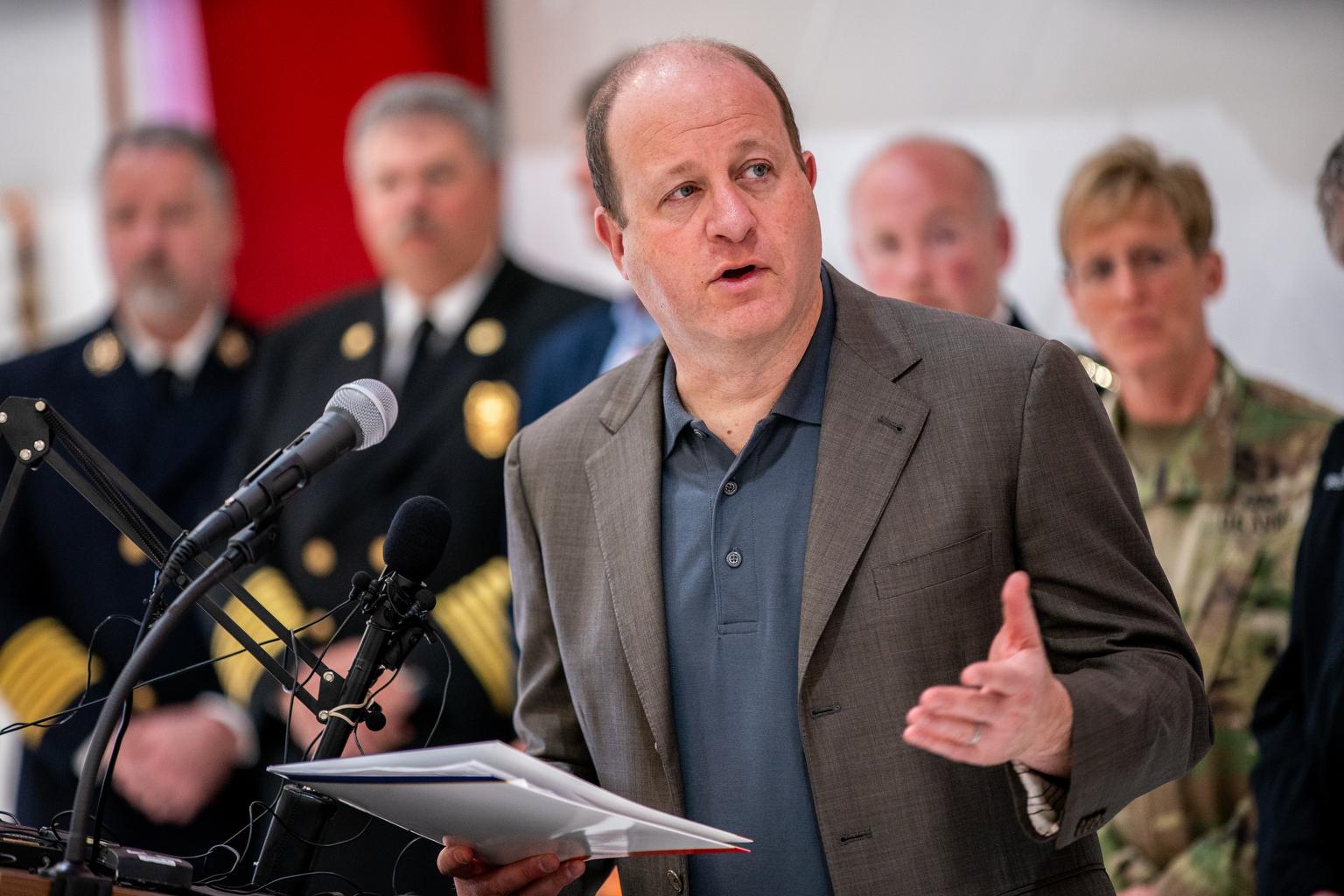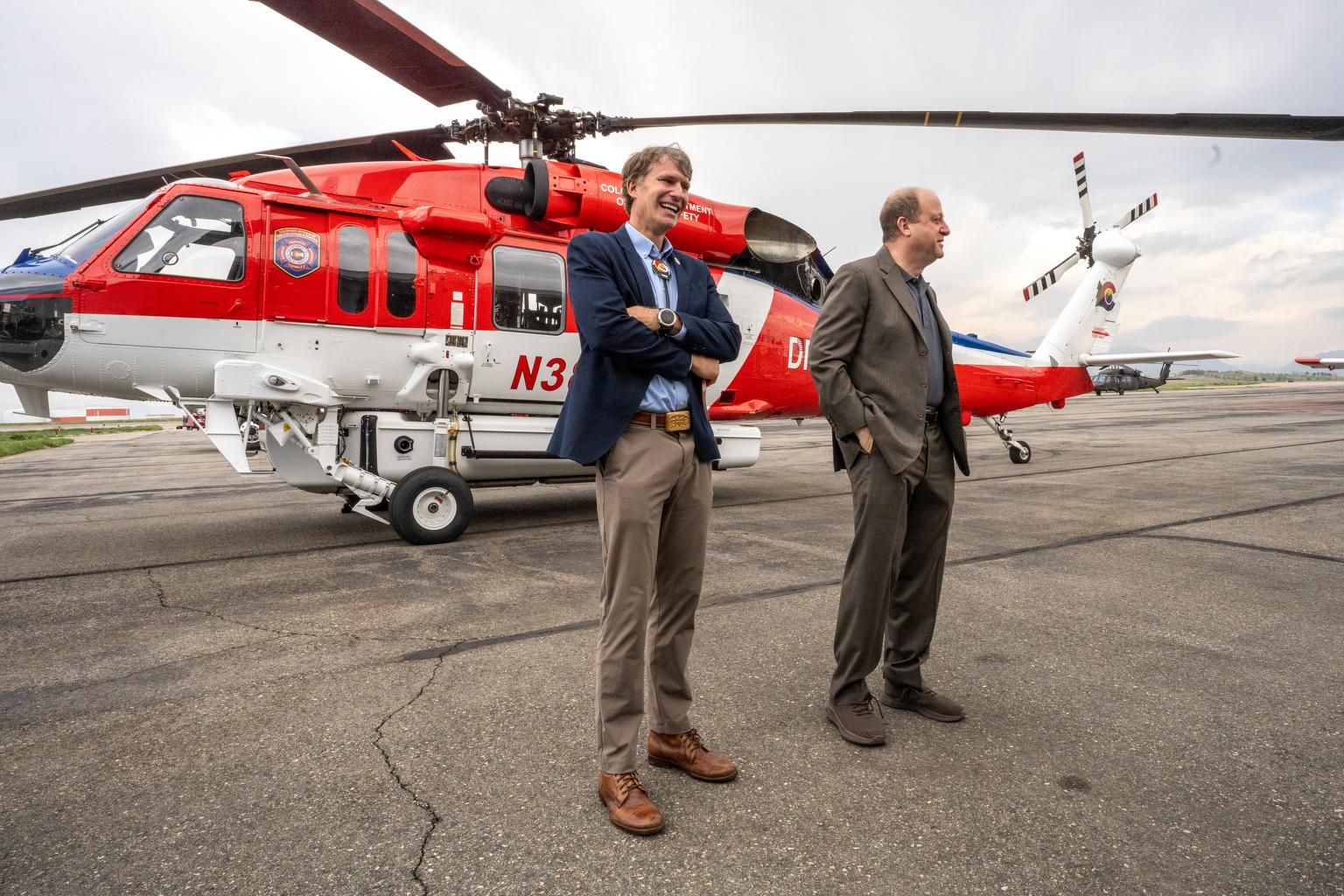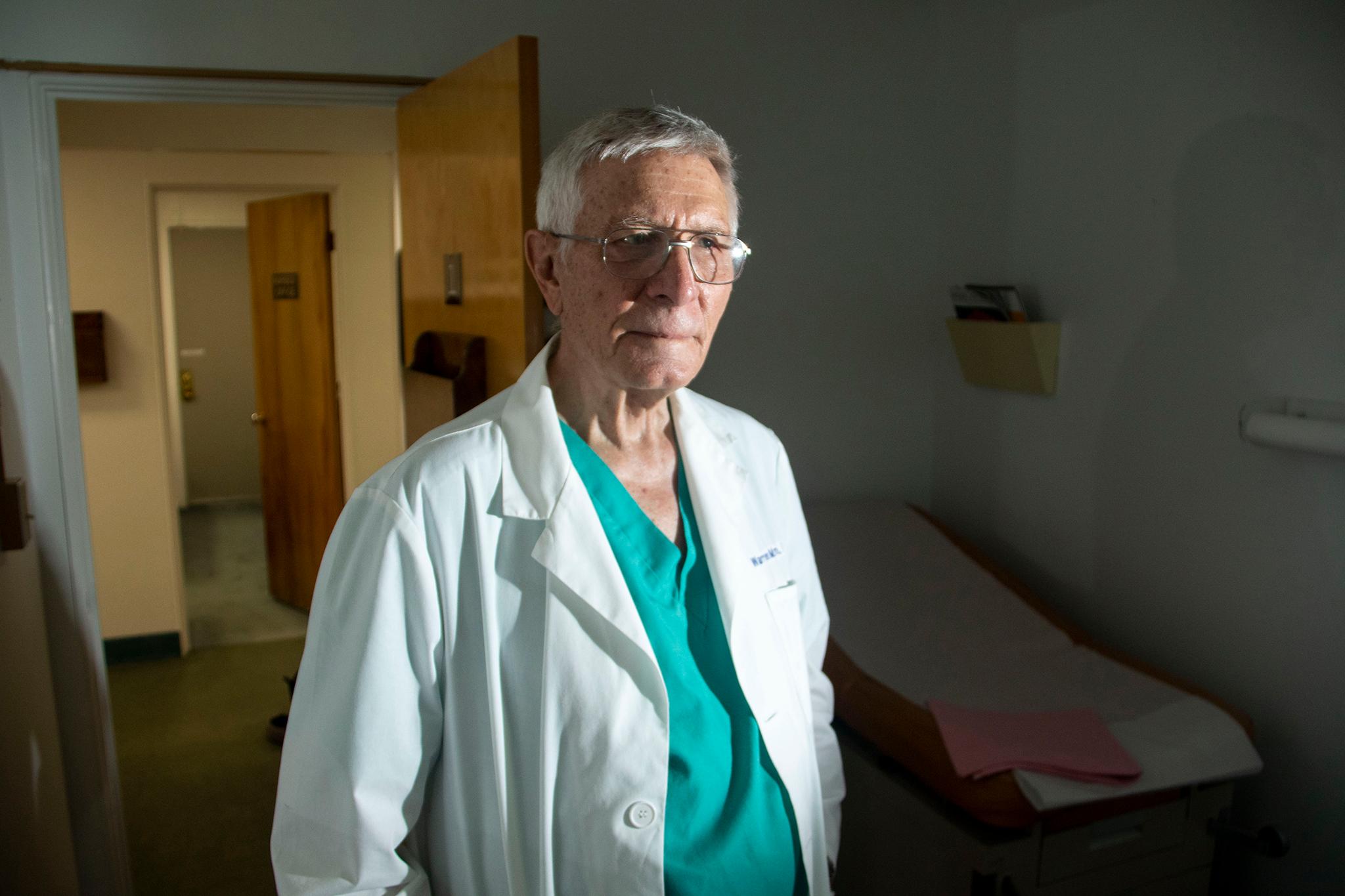
The Palisades fire still burning in Los Angeles is an example of the kind of damage that can be caused by embers when high winds, dry fuels and suburban landscapes combine, just like the conditions leading up to the Marshall fire. So, what’s the risk of a similar wildfire breaking out here?
Colorado State Forest Service wildfire mitigation program specialist Chad Julian said there are many factors to take into consideration. Experts must look at both the wildfire hazard, which refers to the intensity with which an area is likely to burn if a fire occurs, and the actual risk, or probability, of a wildfire.
Right now, according to the National Risk Index from FEMA, the state is a mixed bag, with Jefferson, El Paso and La Plata counties showing very high levels of risk while places like Denver, Arapahoe and Summit counties have a very low risk.
Julien said the variation is tied to the amount of unmelted snow still covering dry fuels like grasses and brush across the state.
“When you look out the window in South Boulder, for example, there's still patchy snow over a lot of our grass fuels and our lower foothills. That's probably why there aren’t whistles and alarms going off,” he said. “But if, say, it warmed up like it's going to on Thursday, where we'll be in the fifties and we lose a lot of our snow cover, you can be right back in the same type of risk the Marshall fire had within a few days.”
Thursday’s high is forecasted to be around 55 degrees in metro Denver, which could melt a lot of the remaining snow. However, unlike when the Marshall fire happened in 2021, forecasters are not predicting a high wind event and are predicting fresh snow by the weekend when an arctic blast will lower temperatures. That means fuels likely won’t have the opportunity to dry out enough to pose a significant risk of ignition should a fire start.
“We do have a lot of patchy snow and that's not going to disappear before the arctic air outbreak,” Julien said. “It would only disappear briefly on the grasslands, giving us a small window where – if we had some downslope winds – wildfire risk would increase.”
Julien visited the recently devastated Palisades neighborhood in California this summer. He said the lack of precipitation in recent months allowed fuels to cure and ignite quickly, helping the flames to spread when the Los Angeles region fires began.
“When I looked at the homes themselves, they were extremely vulnerable to wildfire because of the density and connectiveness. When I drove through there, I immediately said, ‘Wow, this is really maximized for potential damage’. I couldn't believe the volume and diversity of vegetation in the yards against the homes,” he said.
But it wasn’t just the vegetation that made the homes in Los Angeles vulnerable.
“The dominant roofing material was Spanish clay tiles. Those are non-combustible, but everywhere those tiles meet, there's a gap and the embers just pack into those gaps and that's how they can coalesce and transfer heat to the subroof and ignite the building,” he said.
Julien said he believes people analyzing the Los Angeles fires are focusing too much on factors that don’t have anything to do with fire behavior.
“If we focus on increasing budgets, more water storage, more fire trucks, it's not going to change the outcome of the next event. It would take the engagement of homeowners to really work on the resistance to ignition and hardening those buildings, the vegetation and the yards,” he said.
Julien estimates climate change only had a three to five percent effect on the Palisades fire since the region’s rainfall has been limited for years.
“Ninety-five percent of it was likely still caused by land use patterns, how we build, how we interact with the ecosystem, whether we adapt to it or not. And unfortunately, that's not the focus at the moment,” he said.
Following the Marshall fire, such mitigation tactics are being more widely used here in Colorado.
A new ordinance took effect last month in Louisville requiring home and business owners to implement wildfire-resistant hardening measures. Boulder is considering a similar rule, and many new construction sites in Denver are planning landscaping with an automatic five-foot vegetation barrier around homes and businesses. The state legislature also created the Wildfire Resilient Homes Grant Program, which aims to encourage homeowners to make their properties more resilient to the risk of wildfire in 2023.
“My advice for Front Range folks is: Think about the small maintenance-type things you can do around your house,” Julien said.
Those steps could include clearing your rain gutters of leaves regularly from September to May when high winds are likely. Mowing your grass and keeping all vegetation at least five feet away from the perimeter of your home can also help reduce risk factors.
“One of the homes in the Marshall fire that took the initial brunt of the flames when it came into Louisville survived. And it was because the guy mowed a quarter-acre lot that was empty upwind of his home. It totally changed the fire behavior and saved his house,” he said.
For tips on how to prepare your property in case of a wildfire, visit the Colorado Division of Fire Prevention and Control website.








